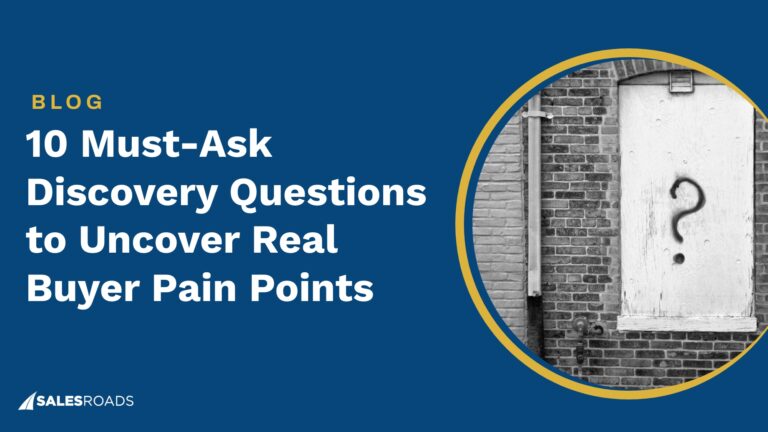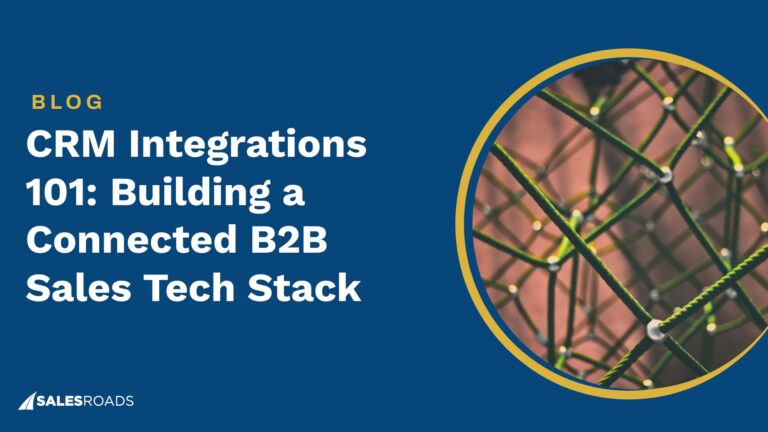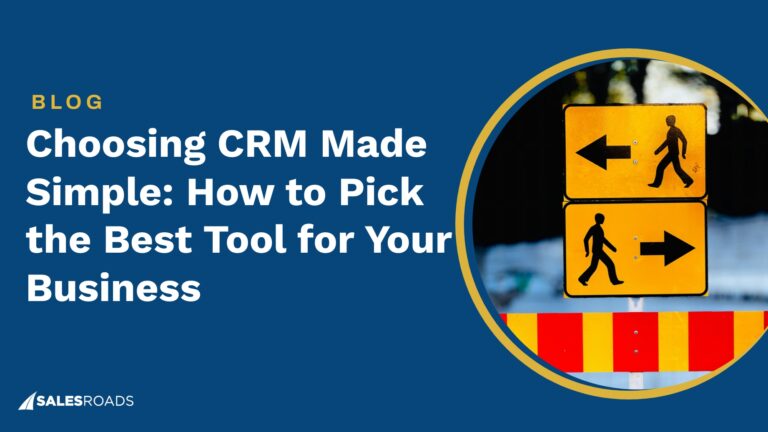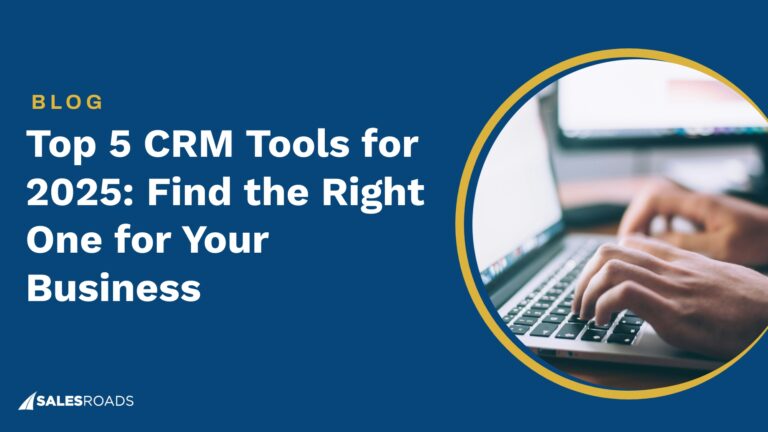The terms “business development” and “sales” are often confused, but they are distinct practices. While business development is about pursuing opportunities to grow a business, sales is focused on closing deals.
The Difference Between Sales and Business Development
Sales and business development go hand in hand. It’s hard to win sales activities when there is no business development legwork.
| Sales | Business Development |
|---|---|
| Closing deals | Generating opportunities |
| Increase sales revenue | Discover and pursue new business opportunities for growth |
Definition of Sales
Sales is a blanket term referring to activities of selling goods and services. Its primary goal is to generate revenue for the company. It comes in many forms, such as:
Inside Sales
Inside sales is the practice of selling remotely using phones and online channels such as social media and email. This is the one of most used models for B2B, B2C, and tech organizations.
Outside Sales
Outside sales involve traveling and negotiating deals face-to-face. Good examples of outside sales are the traditional door-to-door sales and selling at conventions. It’s an approach commonly used in industries such as retail, real estate and insurance.
The outside sales approach is often combined with inside sales. Companies who use an outside sales approach usually start by contacting potential customers through various online channels. They then convince the prospects to set appointments for a face-to-face meeting which is an example of an inside sales strategy.
B2B Sales
B2B means “business-to-business.” This is the sales process where a business sells products and services to another company. Most of the goods sold in this sales process are big-ticket items that are beneficial in improving the productivity of the buyer’s organization.
B2C Sales
B2C stands for “business-to-consumer” and focuses on transactions between a company and individual consumers. Unlike B2B, the sales cycle for B2C is more straightforward because consumers buying decisions are made on a personal level.
eCommerce Sales
eCommerce sales refer to the buying and selling of products and services via the internet. Unlike other sales methods, this rarely involves the participation of a person, so it does not need a sales team to facilitate the selling of products.
Definition of Business Development
Business development is the process of bringing in new business lines or customers for the company’s long-term growth. The main tasks involved in the business development process include:
Improving Brand Awareness and Reputation
One of the main goals of business development is to create a positive, long-term relationship with customers or other partners who can refer to new business. This is only possible by improving brand awareness and reputation.
Business development professionals work closely with the marketing department to create campaigns that will help enhance the brand’s image to attract and gain customers’ confidence.
Conducting Research and Analysis
Business development is a data-driven approach to growing a business, so it involves a lot of research tasks. Business development professionals must have a good understanding of their markets and target consumers to find new opportunities and develop effective strategies.
Examples of the necessary research are market surveys and SWOT analysis. Market research, in this case, refers to gathering information about the feasibility of a new product or service for consumers. Meanwhile, SWOT analysis is a research method for analyzing a business’s internal and external weaknesses.
Creating a buyer persona is also essential. This is a research-based profile of the target customer. It must have a detailed description of the customers’:
- Typical job title and seniority
- Preferences
- Pain points
- Decision-making influences
A clearly defined buyer persona will make it easier for companies to create targeted marketing and sales efforts.
Some companies also invest in researching new technologies and assessing whether they could be additional revenue streams. They could do this by taking a closer look at a different market segment and conducting an analysis on whether their products and services could be of value for those particular customers.
Developing Outreach Strategy
Business development focuses on generating high-quality leads, so it involves developing an outreach strategy. There are different ways this is done depending on the company’s industry. Common strategies are:
- Advertisement
- Sponsorship
- Upselling and cross-selling
- Referral programs
- Networking
BDR vs. SDR
The goal of both BDRs and SDRs is to supply the sales team with qualified leads by setting appointments. The processes of how they do this are very different.
| BDR | SDR | |
|---|---|---|
| Goals | Uncover New Business Opportunities | Set Appointments |
| Day-to-Day Tasks | – Business Networking – Social Selling | – Lead Qualification – Set Appointments For Discovery Calls – Updating Lead List |
The goal of both BDRs and SDRs is to supply the sales team with qualified leads by setting appointments. The processes of how they do this are very different.
Business Development Representative
BDRs create new business opportunities by converting cold leads into qualified leads. Most of the day-to-day tasks of a BDR revolve around outbound lead generation.
Outbound lead generation is also known as sales prospecting, which is the process of compiling a list of leads to contact using outreach methods such as:
Cold Calling and Emailing
Cold calling is the technique of reaching out to potential customers with no previous interaction or interest in your products and services. It is more difficult than warm calling since the responses are more unpredictable. Some prospects can be accepting, while others might end the call – sometimes rudely and unprofessionally.
The success rate of cold calling is only 1-3%, but there are still benefits to doing it, such as:
- Boost brand awareness
- Establish human connection
- Gather information about the lead
Cold emailing has a similar concept to cold calling, but instead of communicating through phone calls, BDRs use emails. Nowadays, many BDRs leverage email automation tools to help create better quality cold emails and send them out as fast as possible.
Aside from outbound lead generation, BDRs also conduct other tasks that allow them to discover new prospects. This can happen through:
Business Networking
Business networking is a method of expanding a company’s network to find new leads. BDRs do this by attending events or trade shows and reaching out to people from their target industry.
Business networking helps companies gather high-quality leads and build positive relationships. It will also allow BDRs to gain valuable industry insights such as:
- Competition’s best practices
- Latest trends
Social Selling
Social selling is a strategy that involves interacting with and reaching out to prospects via social media platforms such as Twitter, Facebook, and LinkedIn. This method establishes a causal connection with potential buyers. BDRs use this strategy to gradually earn the trust and confidence of a prospect.
Sales Development Representative
SDRs cold leads and sometimes warm leads generated from various marketing efforts. Warm leads are prospects who showed interest in the products and services through interactions such as:
- Webinars
- Live chat
- Material downloaded from a website
- Email requisition for quotes
In most cases, SDRs work with cold leads. These are prospects who have no previous knowledge or interaction with the products and services that the SDRs are representing.
The problem is that not all leads generated by marketing efforts have the same quality. This is where the role of SDRs becomes crucial, as they filter which leads fit the company’s buyer persona. These are the day-to-day tasks of SDRs:
Work on Lead Qualification
Lead qualification is the process of assessing a lead’s potential as a customer based on the degree of willingness and readiness to buy. This process helps create a targeted marketing and sales approach, allowing companies to increase conversion rates and reduce costs.
SDRs compare each lead that comes their way with the company’s buyer persona. They then forward those who fit the company’s buyer persona to account executives who will work to close the deal.
Make Discovery and Appointment Setting Calls
SDRs make the discovery call that will be the first conversation with a lead interested in their products or services. The goal of these calls is to ask leads questions to determine whether they fit the company’s buyer persona.
During discovery calls, SDRs have the opportunity to impress leads with their professionalism. It’s also a chance to make a general pitch about the product or service that they represent.
Since discovery calls are two-way conversations, SDRs also use them to establish the brand they represent as an authority by answering questions the leads may have.
Once SDRs have established a rapport with the lead, they’ll then do an appointment setting call. The goal of this call is to convince leads to book a meeting with a sales executive.
Update Lead List
SDRs collect a lot of data about the leads through prospecting and during discovery calls. Part of their responsibility is to organize the collected information by updating the leads list. This will then be forwarded to the account executives for insights to leverage during the sales appointments.
SDRs can significantly unburden your sales team by taking care of the daunting and time-consuming process of lead qualification. Unfortunately, setting up an SDR team is not feasible for all companies, as it requires a huge investment. But this doesn’t mean that its benefits have to be missed out: you can outsource the task to a reliable appointment setting company such as SalesRoads. Get in touch with us today and we’ll help you build an appointment-setting campaign that will uncover new sales opportunities for you.










